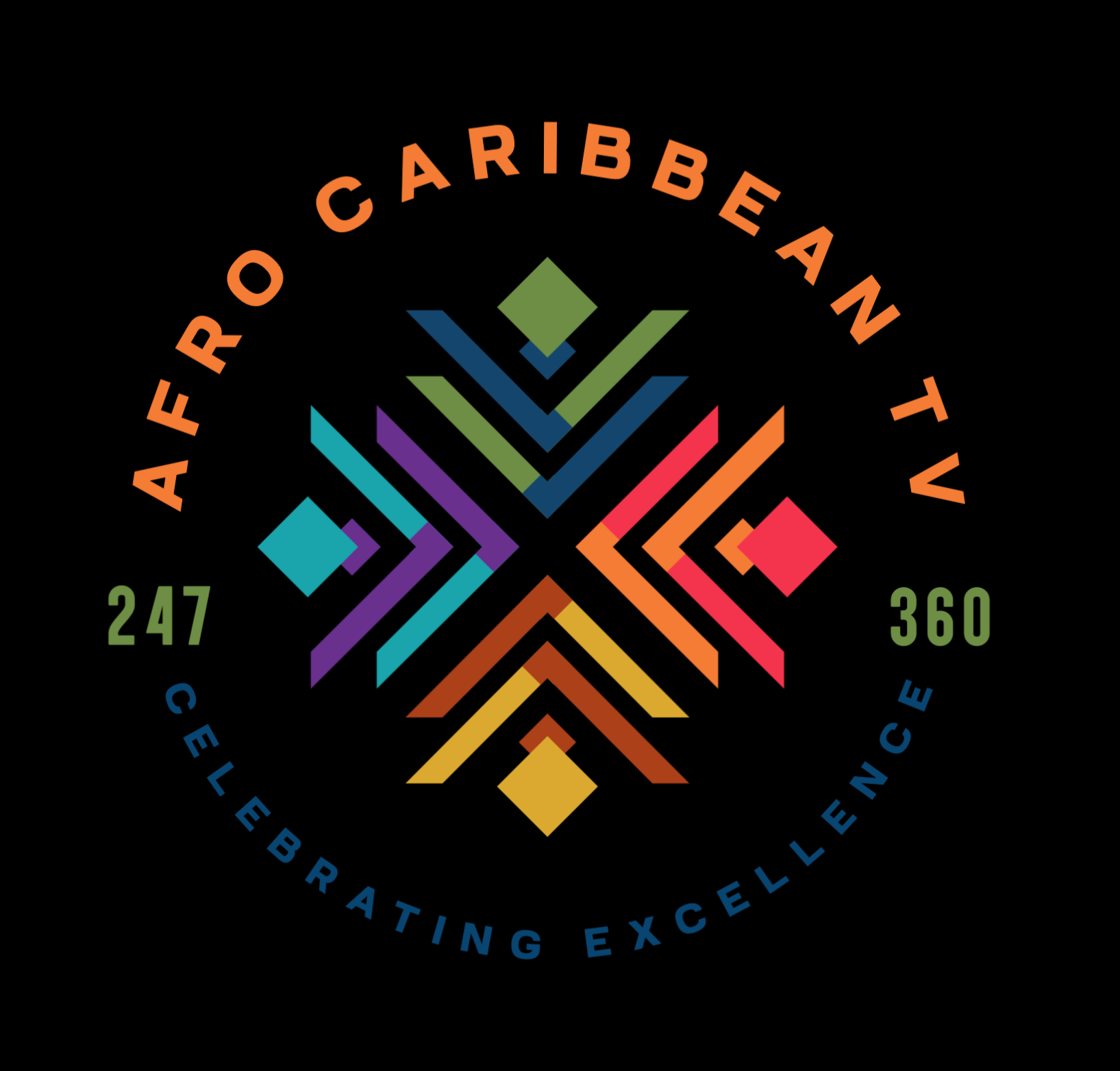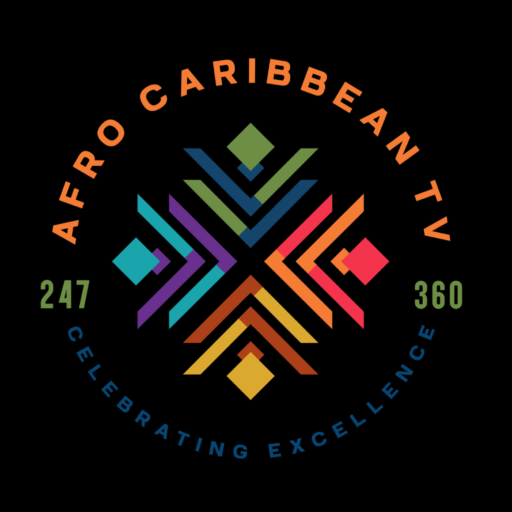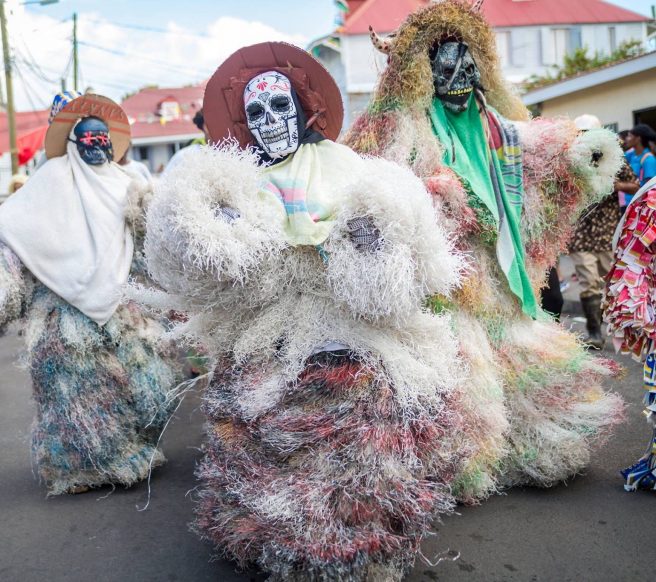Here’s a detailed overview of the culture of Dominica:
1. Cultural Heritage
Dominica’s culture is a vibrant blend of African, Kalinago (Carib), French, and British influences, shaped by centuries of colonialism, migration, and resistance.
- Kalinago People: The island is home to the last remaining community of indigenous Kalinago people in the Caribbean. They preserve traditional crafts, language fragments, and customs.
- African Roots: African heritage is central to music, food, language, and religious practices, especially due to the legacy of slavery.
- French & British Influence: Seen in the legal system, architecture, and especially language — many Dominicans speak Kwéyòl (Creole), a French-based patois.
2. Music and Dance
Music is a powerful cultural force in Dominica.
- Bouyon: A fast-paced music genre that blends cadence, jing ping, and soca. Pioneered by the band WCK in the late 1980s.
- Cadence-lypso: A fusion of cadence rampa (Haitian) and calypso. Made popular by Exile One and Gordon Henderson.
- Jing Ping: Traditional folk music played with accordion, drums, and bamboo flutes. Used in Quadrille dances.
- Reggae and Dancehall: Also very popular, reflecting broader Caribbean connections.
3. Food and Cuisine
Dominican cuisine is hearty and influenced by African, Creole, and indigenous cooking.
- Common dishes:
- Mountain chicken (actually a type of frog)
- Callaloo soup
- Sancocho (fish or meat stew)
- Saltfish and bakes
- Fruits and vegetables: Breadfruit, plantains, dasheen, yams, coconut, mangoes, and pawpaw (papaya) are staples.
- Spices and herbs: Heavily used, including thyme, hot pepper, and turmeric.
4. Language
- Official Language: English
- Widely Spoken: Dominican Creole French (Kwéyòl), used in informal settings and cultural expression.
- Kalinago language is mostly extinct but some terms and traditions are preserved.
5. Festivals and Celebrations
- Carnival: Held before Lent — colorful parades, costumes, music, and street dancing.
- World Creole Music Festival: A major event attracting international artists, celebrating Creole identity.
- Independence Celebrations (October–November): Cultural dress, folk dances, music competitions, and National Day of Community Service.
6. Clothing and Traditional Wear
- Traditional Creole dress includes:
- Wob Dwiyet: A brightly colored, full-skirted dress worn during Independence and cultural events.
- Madras fabric: Colorful plaid material used in head ties and clothing.
7. Religion and Spirituality
- Roman Catholicism: Dominant religion.
- Protestant denominations: Anglican, Methodist, Pentecostal churches also prominent.
- African spiritual elements: Folk practices like Obeah or bélé retain African roots, though often practiced secretly.
8. Crafts and Art
- Kalinago artisans are known for basket weaving, pottery, and wood carvings.
- Dominican painters, sculptors, and writers draw inspiration from the island’s natural beauty and folklore.


